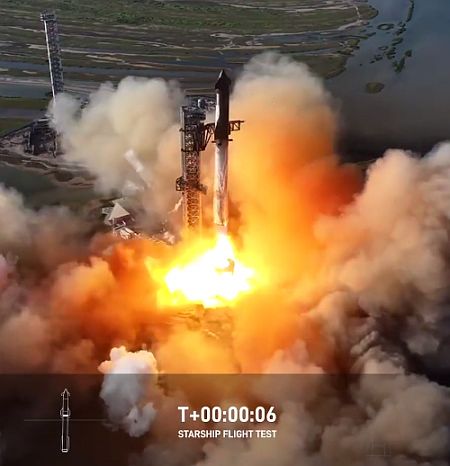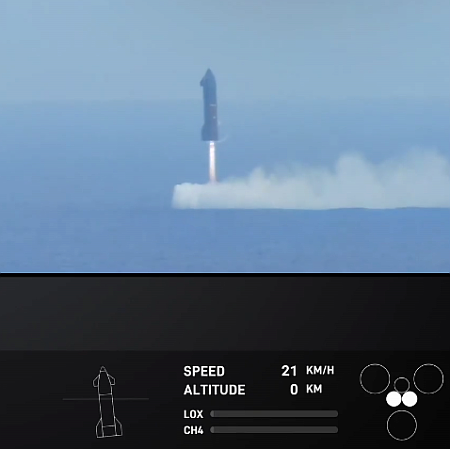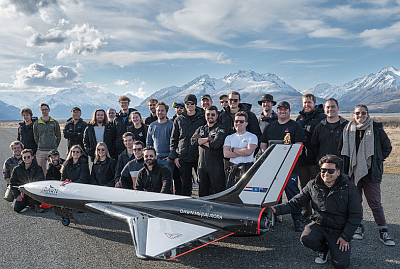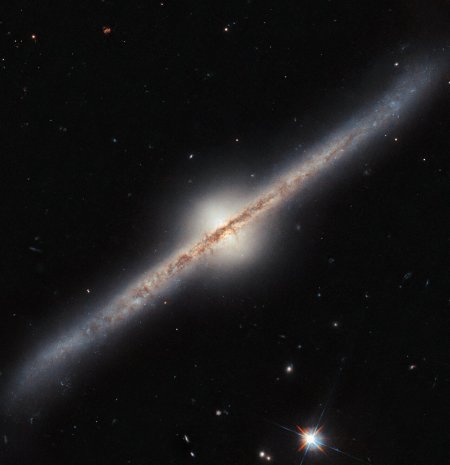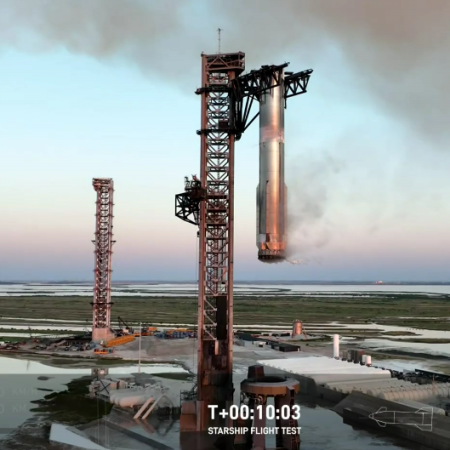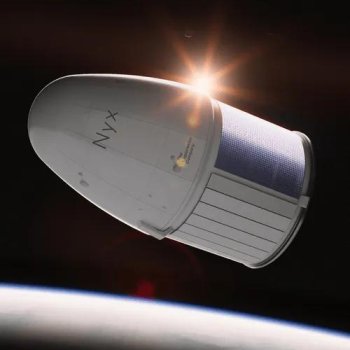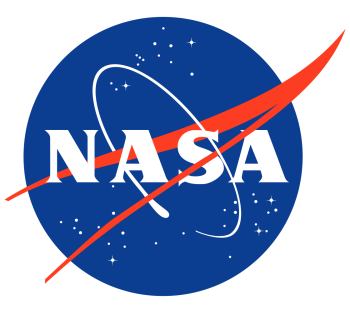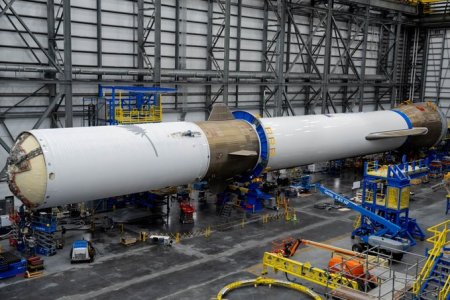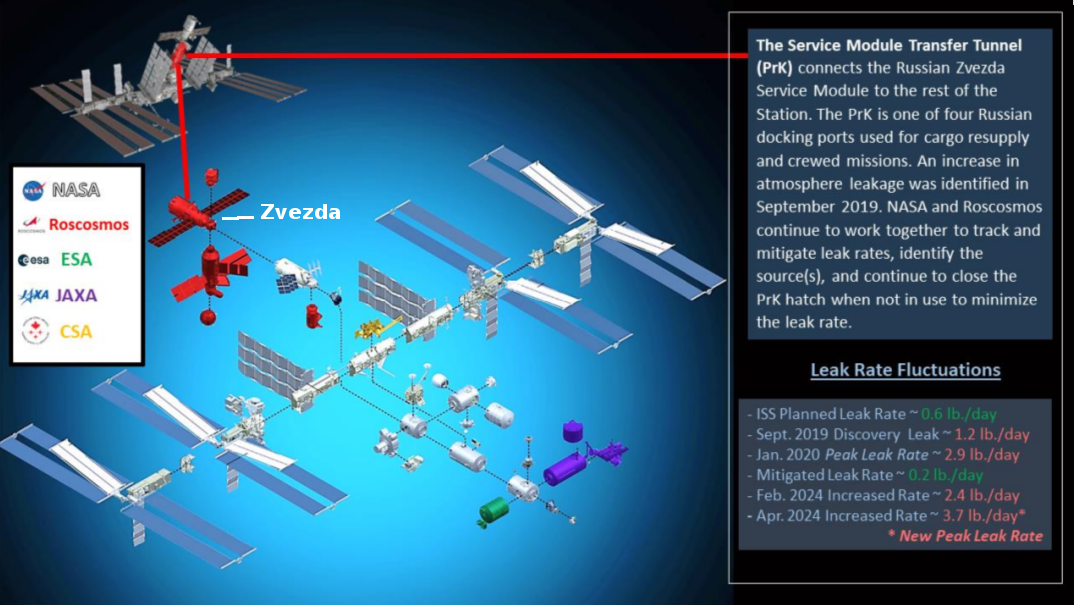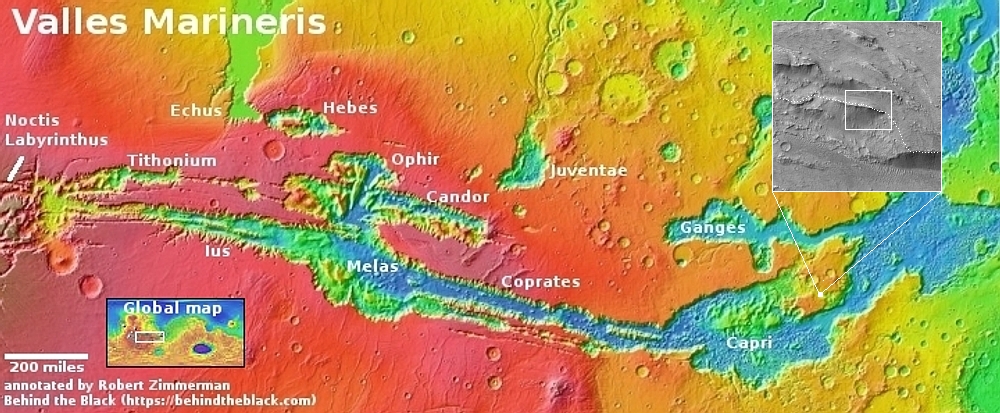NASA to award SpaceX and Blue Origin contracts to deliver cargo to the Moon
Capitalism in space: NASA yesterday announced that is planning to award both SpaceX and Blue Origin contracts to use their manned lunar landers as cargo freighters to deliver supplies to its planned lunar base.
NASA expects to assign demonstration missions to current human landing system providers, SpaceX and Blue Origin, to mature designs of their large cargo landers following successful design certification reviews. The assignment of these missions builds on the 2023 request by NASA for the two companies to develop cargo versions of their crewed human landing systems, now in development for Artemis III, Artemis IV, and Artemis V.
…NASA plans for at least two delivery missions with large cargo. The agency intends for SpaceX’s Starship cargo lander to deliver a pressurized rover, currently in development by JAXA (Japan Aerospace Exploration Agency), to the lunar surface no earlier than fiscal year 2032 in support of Artemis VII and later missions. The agency expects Blue Origin to deliver a lunar surface habitat no earlier than fiscal year 2033.
The contracts however have not been issued. This is merely an announcement of NASA’s intent to do so, which suggests to me that NASA management has already recognized that the entire Artemis program is facing a major restructuring and wants to indicate it will support such a change. That does not mean these contracts won’t be issued — both rely on the privately owned rockets of both companies — but that NASA now realizes that its manned program — which now relies on SLS/Orion — will likely to be changed significantly, likely by the elimination of SLS/Orion and its replacement by private rockets and private manned spacecraft.
Because of this looming restructuring, NASA management probably intended this press announcement — which really announces little that is new — as a signal of its support for such a change, because the announcement focuses on these private companies rather than NASA’s government-built rocket.
Capitalism in space: NASA yesterday announced that is planning to award both SpaceX and Blue Origin contracts to use their manned lunar landers as cargo freighters to deliver supplies to its planned lunar base.
NASA expects to assign demonstration missions to current human landing system providers, SpaceX and Blue Origin, to mature designs of their large cargo landers following successful design certification reviews. The assignment of these missions builds on the 2023 request by NASA for the two companies to develop cargo versions of their crewed human landing systems, now in development for Artemis III, Artemis IV, and Artemis V.
…NASA plans for at least two delivery missions with large cargo. The agency intends for SpaceX’s Starship cargo lander to deliver a pressurized rover, currently in development by JAXA (Japan Aerospace Exploration Agency), to the lunar surface no earlier than fiscal year 2032 in support of Artemis VII and later missions. The agency expects Blue Origin to deliver a lunar surface habitat no earlier than fiscal year 2033.
The contracts however have not been issued. This is merely an announcement of NASA’s intent to do so, which suggests to me that NASA management has already recognized that the entire Artemis program is facing a major restructuring and wants to indicate it will support such a change. That does not mean these contracts won’t be issued — both rely on the privately owned rockets of both companies — but that NASA now realizes that its manned program — which now relies on SLS/Orion — will likely to be changed significantly, likely by the elimination of SLS/Orion and its replacement by private rockets and private manned spacecraft.
Because of this looming restructuring, NASA management probably intended this press announcement — which really announces little that is new — as a signal of its support for such a change, because the announcement focuses on these private companies rather than NASA’s government-built rocket.

